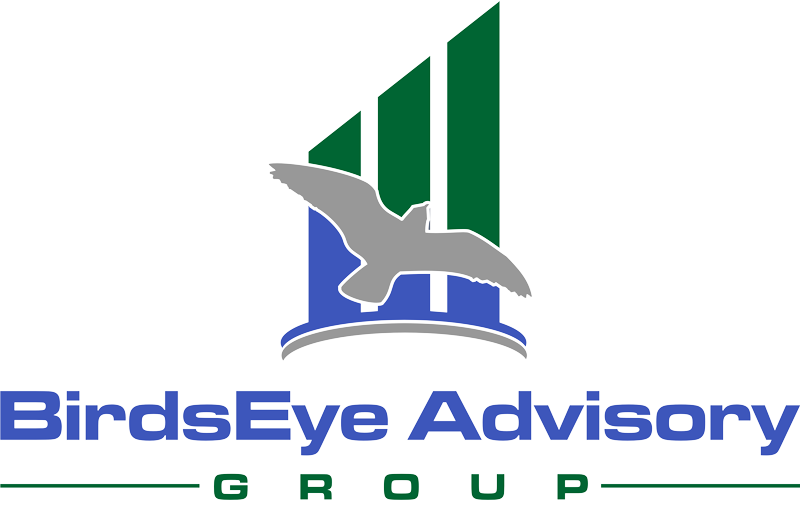SMART goals. “Taking my business to the next level.” Strategic Planning. “Working IN the business instead of ON the business.” You’ve heard these buzz words and phrases bantered about over the years. While they are important words that merit a lot of attention, often times they cause us to feel guilty because we aren’t putting enough time, thought, and energy into making these things happen. Instead, we show up to work every day and just pray disaster doesn’t strike.
I hope many of you are in the throes of planning and strategizing on how to make 2012 your best, most profitable (and least stressful!) year ever. If so, I have a fantastic tool to share with you designed to maximize how teams work together. I have utilized this in my last three businesses with great results. It’s called the Management Action Process or MAP. MAP is designed to increase productivity by having extremely efficient, well-run meetings, provide measurable positive results for your organization, and reduce the stress of managing employees. I don’t have enough room to write about all the details of the program, but I do want to share the most important thing I learned during the process: The Weekly Management Team Meeting.
The weekly team meeting is an excellent tool for leaders and team members to create results while promoting accountability and assuring that things don’t fall through the cracks. Assemble your team at basically the same time every week – you should have this time blocked out on your calendar on a recurring basis.
The purpose of these meetings are as follow:
- Improve Communication
- Enhance Teamwork
- Make Policy Decisions
- Empower Team Members
- Multiply the output of the Team Leader
- Decentralize tracking/accountability
- Help facilitate the strategic planning process
Start the meeting out with everyone sharing a positive result that occurred since the last meeting. This starts the meeting out on a positive note, which will raise the energy level in the room.
Make sure people come armed to the meeting with the agenda items they want to discuss.
The first part of the meeting will be for people to discuss existing action steps from prior meetings. As you can see from the chart below, every action step has a person assigned and a due date. Team members who are achieving goals should report successes. Team members not achieving goals should state recommendations for corrective action.
Be sure not to let the person go into a long explanation of why something isn’t getting done. Just ask them the following: is it still relevant? Are you the right person to do it? Do you need help? By when will it get done?
Management Team Sample Minutes:
| Action Steps | Who Responsible | When Due |
| 1 | ||
| 2 | ||
Once you’ve discussed existing action items, allow each team member time to discuss his/her new agenda items and create subsequent action steps/responsible part/due date if needed. I have found that if you segment the meeting into categories like Sales, Marketing, Production, Financial, etc, it will be more effective. In any case, it’s important that the meeting have a specific start and end time, that you don’t allow people to drone on for too long, and that specific action steps and accountability dates come out of each meeting.
Assign a person to take notes directly into an Excel spreadsheet. Generally the same person takes notes every week. As soon as the meeting is over, have that person make copies of the notes for all meeting attendees. That way they’ll know immediately what action steps they need to take to be able to report success in next week’s meeting!
Carol Frank of Boulder, CO, is the founder of four companies in the pet industry and a Managing Director with BirdsEye Advisory Group, where she advises pet companies in M&A transactions and Exit Planning. She is a former CPA, has an MBA, is a Certified Mergers and Acquisitions Advisory (CM&AA) and holds Series 79 and 63 licenses. She highly values and incentivizes referrals and can be reached at cfrank@birdseyeadvisory.com.
